Matching Ribbons to Label Materials and Application Environments
How label substrates influence ribbon selection
Label material compatibility directly determines thermal ribbon performance. Paper substrates work best with cost-effective wax ribbons, while synthetic materials like polypropylene require wax-resin blends for water resistance. For extreme conditions, resin ribbons bond securely with polyester labels, preventing smudging even under UV exposure or chemical contact.
| Label Material | Recommended Ribbon | Key Environmental Consideration |
|---|---|---|
| Paper | Wax | Indoor use, low abrasion risk |
| Polypropylene | Wax-Resin | Humidity resistance, moderate durability |
| Polyester | Resin | Chemical/UV exposure, high-temperature environments |
| Data adapted from 2024 Label Material Compatibility Report |
Best practices for pairing ribbons with materials like paper, polypropylene, and polyester
Conduct scratch tests with isopropyl alcohol to verify resin ribbon adhesion on synthetics. Use wax-resin blends for freezer labels operating between -20°C and 25°C. Match ribbon melt points to printer heat settings–140–160°F for wax, 190–220°F for resin–to ensure clean transfer and prevent smearing.
Environmental factors: Temperature, humidity, and chemical exposure impact
Resin ribbons maintain legibility for 12+ months in harsh environments, including temperatures above 140°F (60°C), frequent oil or solvent exposure, and humidity levels exceeding 85%, according to research from the 2023 Industrial Labeling Study.
Use case comparison: Retail, logistics, manufacturing, and healthcare labeling needs
Resin-based ribbons are ideal for demanding applications such as medical device labels requiring autoclave sterilization and custom swim ribbons exposed to chlorine for over 200 hours. In contrast, retail price tags perform reliably with wax ribbons, which support 500–800 prints per roll under standard indoor conditions.
Ensuring Print Quality, Barcode Accuracy, and Operational Reliability
High-Quality Ribbons and Their Role in Sharp Text and Barcode Printing
Thermal transfer ribbons directly determine label legibility, with high-quality formulations reducing scanner errors by up to 73% (LabelTech UAE, 2023). Key quality markers include:
- Contrast consistency: ANSI Grade B or higher ensures reliable scanning in variable lighting.
- Edge definition: Precision resin layers prevent ink spread, critical for small barcodes (≤5 mm height).
- Adhesion strength: Bonds to synthetics like polyester without flaking under humidity or abrasion.
Reducing Scanner Misreads Caused by Low-Grade or Mismatched Ribbons
Mismatched ribbons degrade print integrity, contributing to inventory discrepancies in one out of five warehouses annually. Common issues include:
| Ribbon Issue | Scanner Error Rate | Operational Impact |
|---|---|---|
| Wax-only on polypropylene | 22% | Delayed shipments |
| Sub-300 DPI resin | 34% | Manual entry costs ($18/hour) |
| Uncoated backings | 17% | Printhead fouling (3x cleaning cycles) |
Always validate ribbon-media pairs using ISO/IEC 15416 testing protocols to avoid these pitfalls.
Case Study: How Poor Ribbon Choice Led to Inventory Errors in Retail
Looking at a retail case study from 2022 shows what happens when a swimwear company cuts corners on materials. One manufacturer tried saving money by using cheap resin for their custom swim ribbons, but ended up with serious problems. During busy selling periods, they saw around 12% of barcodes failing completely. What went wrong? Turns out the ribbons started melting because the storage warehouse was running at 155 degrees Fahrenheit while the ribbon material only held up until 145 degrees. This made all those QR codes smudge and become unreadable, costing them nearly seven hundred forty thousand dollars in lost business. When they finally switched over to better quality high temp resin ribbons, the error rate plummeted down to just under 1%. The lesson here is clear though not always easy to remember - spending a bit more upfront on durable materials pays off handsomely in the long run compared to trying to save pennies now and paying for it later.
Maximizing Printer Compatibility and Printhead Longevity
Selecting Ribbons Compatible With Your Printer Model and Specifications
Mismatched thermal ribbons cause 23% of printer jams and accelerate printhead wear (Material Science Journal 2023). For industrial or specialty applications, always verify three key specifications:
- Heat settings (excessive energy degrades resin-based ribbons)
- Print speed requirements (wax-resin performs best under 8 ips)
- Substrate compatibility (polyester labels demand higher adhesion resins)
Third-party suppliers often lack detailed compatibility data–request ASTM F1842 test reports before bulk purchases to validate performance claims.
Proper Ink Configuration: Coated Side In vs. Coated Side Out Alignment
Reversed ribbon installation causes uneven ink transfer and costs facilities an average of $18k annually in reprints (Durable Packaging Alliance 2022). Follow this alignment protocol:
- Load ribbon with coated side facing printhead for direct thermal transfer
- Verify tension settings using manufacturer-specified torque values
- Conduct test prints with GS1-128 barcodes to confirm scanability
Manufacturers like Zebra and SATO use proprietary coating technologies; generic "universal" ribbons often lack directional indicators, increasing setup errors by 40%.
How High-Quality Ribbons Protect Printheads and Reduce Maintenance Downtime
Industrial case studies show premium resin ribbons extend printhead lifespan by 62% compared to standard wax blends. The mechanisms:
| Factor | Low-Grade Ribbon Impact | Premium Ribbon Benefit |
|---|---|---|
| Friction Coefficient | 0.38 ‹ (accelerates wear) | 0.21 ‹ (glide surface) |
| Debris Generation | 120 particles/cm²/hr | <15 particles/cm²/hr |
| Thermal Stability | ±9°C fluctuation tolerance | ±2°C maintained |
This reduction in friction and debris translates to 35% fewer printhead replacements in high-volume environments such as pool equipment labeling stations (Aquatic Facilities Report 2023).
FAQ Section
What are the best ribbon types for synthetic labels?
Synthetic labels like polypropylene use wax-resin blends for moderate durability, while polyester labels need resin ribbons for extreme conditions, such as chemical/UV exposure.
How can poor ribbon choice cause inventory errors?
Poor ribbon choice can lead to barcode failures, as seen in retail cases where mismatched ribbons led to smudging and unreadable codes, causing significant financial loss.
Why is ribbon compatibility with printers important?
Ribbon compatibility prevents printer jams and reduces printhead wear, ensuring operational reliability and reducing maintenance costs.


